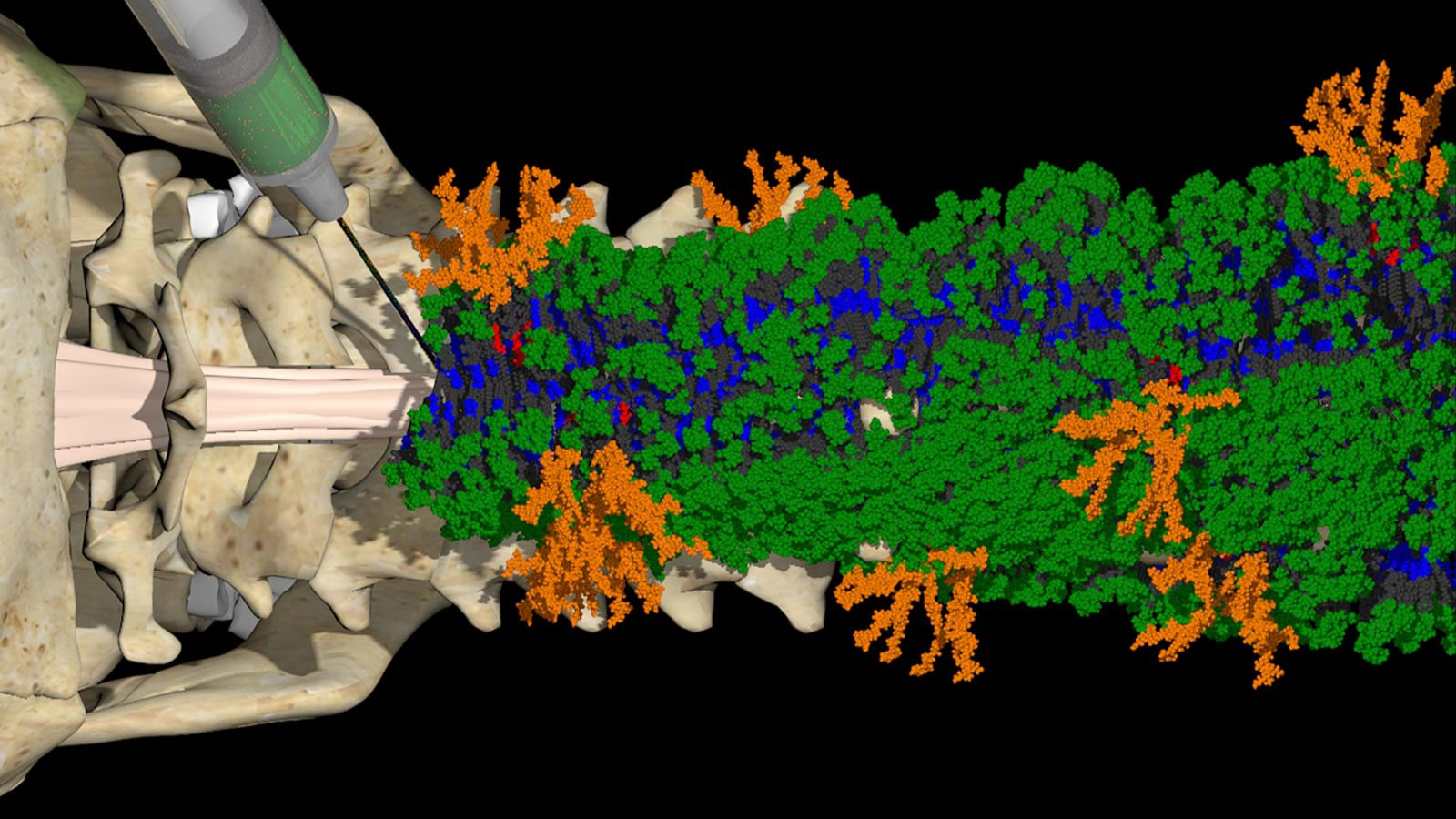
Fixing Spinal Cord Injuries With ‘Dancing Molecules’
Paralyzed mice “walk” again after new treatment created with the aid of the Advanced Photon Source.

Paralyzed mice “walk” again after new treatment created with the aid of the Advanced Photon Source.

Using an ensemble of artificial intelligence (AI) agents enabled faster, more accurate data analysis of synchrotron x-ray data.

Study finds atomic-scale ordering of elements in a metallic alloy that is responsible for alloy’s increased strength.
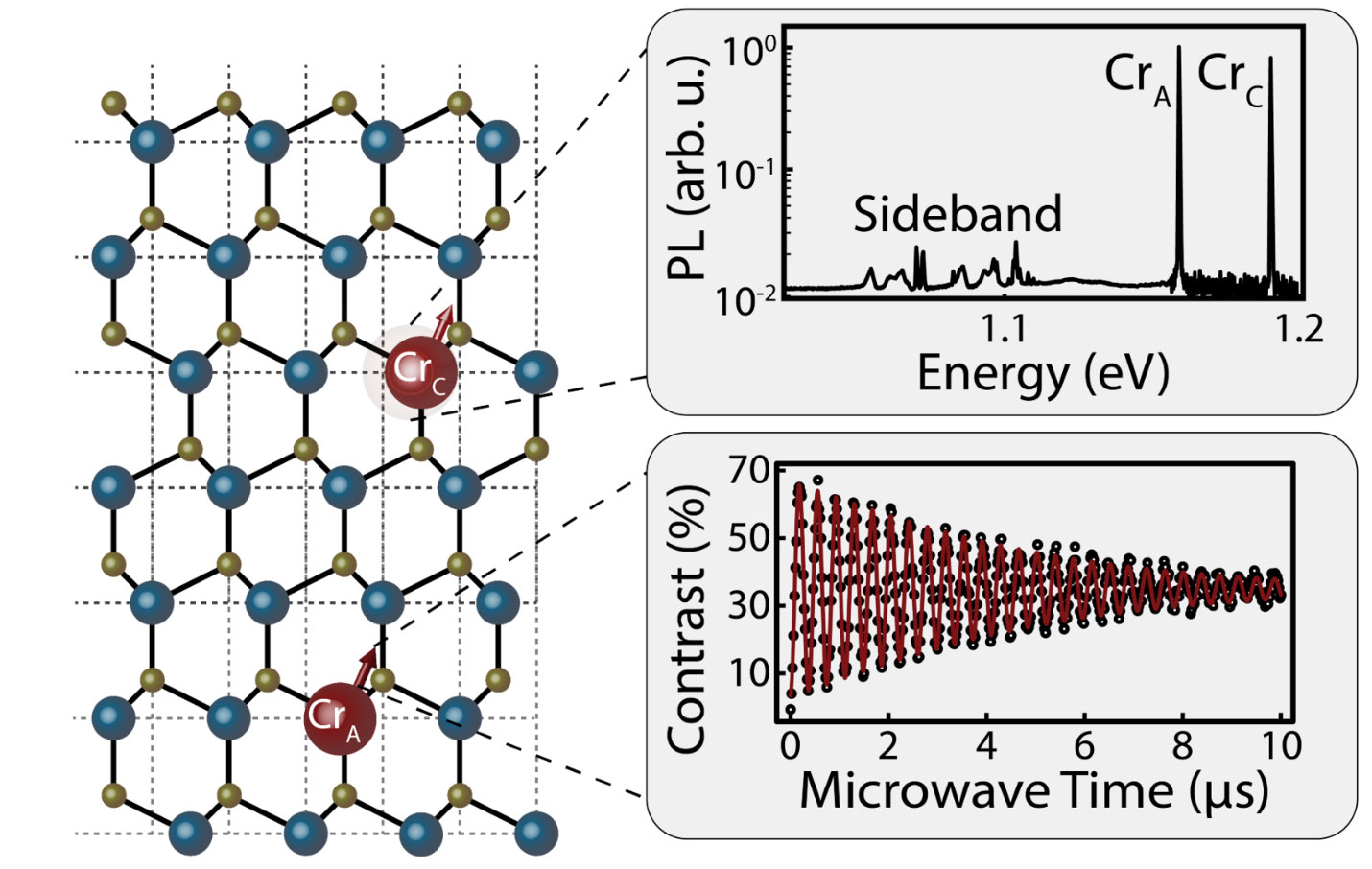
Chromium defects in silicon carbide may provide a new platform for quantum information

Using cold temperatures and machine learning, researchers visualized individual molecules in a synthetic soft material for the first time.
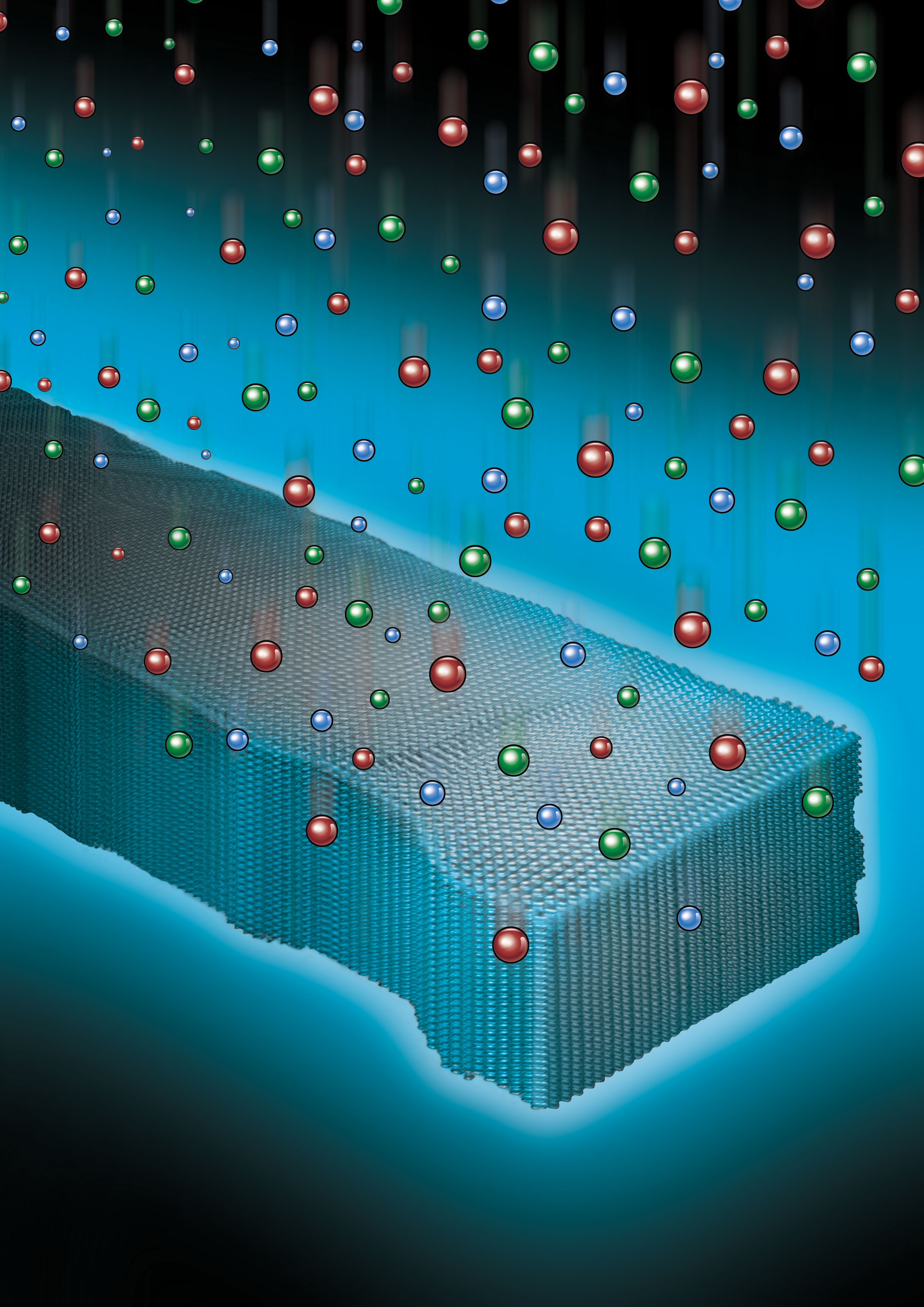
Scientists engineer materials’ electrical and optical properties with plasmon engineering
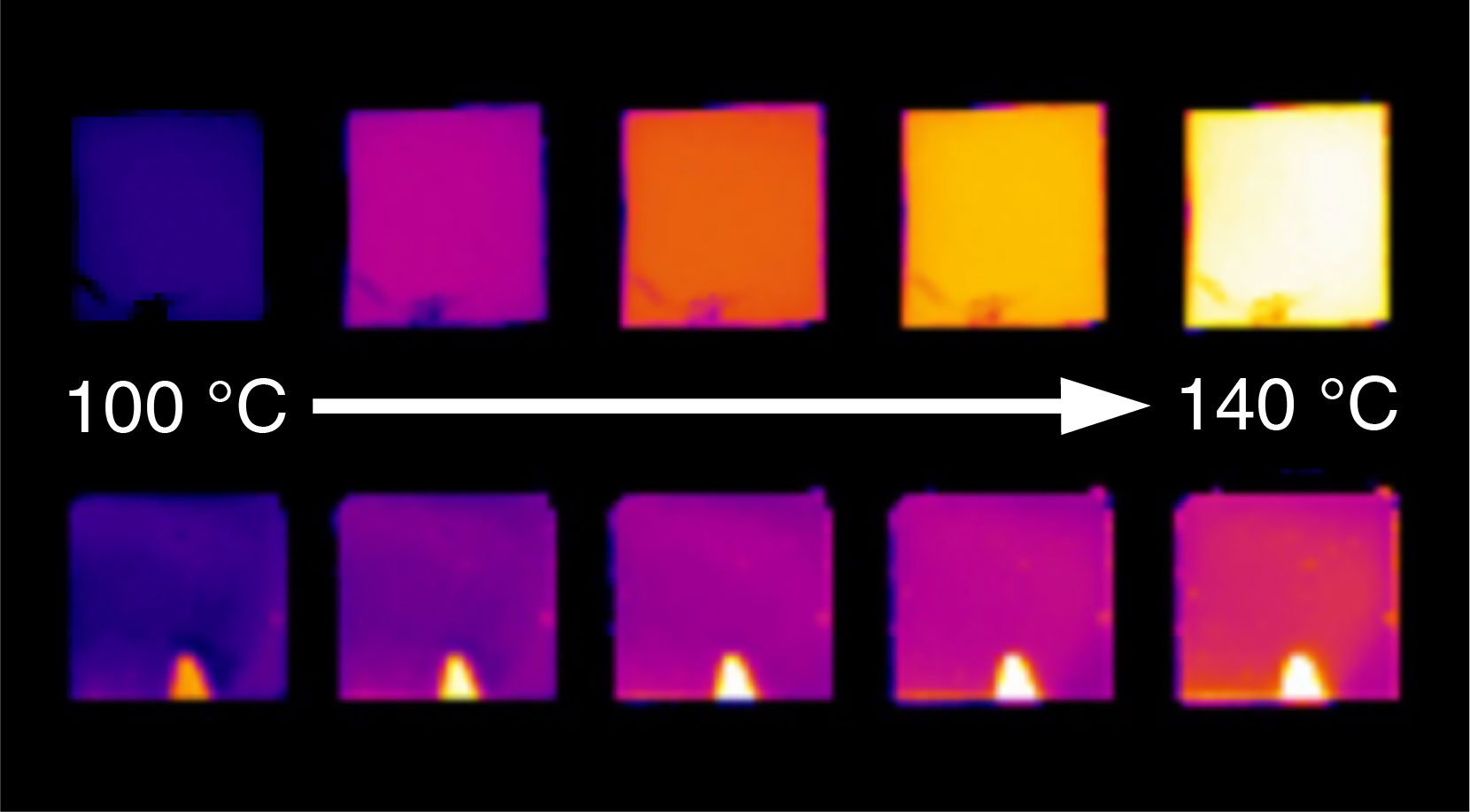
A unique coating camouflages the temperature of an underlying material
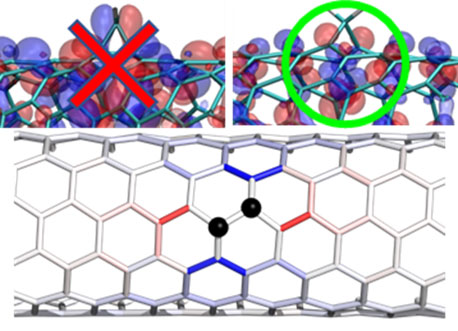
Nanotubes with designed defects allow better performance for next-generation optical telecommunications.
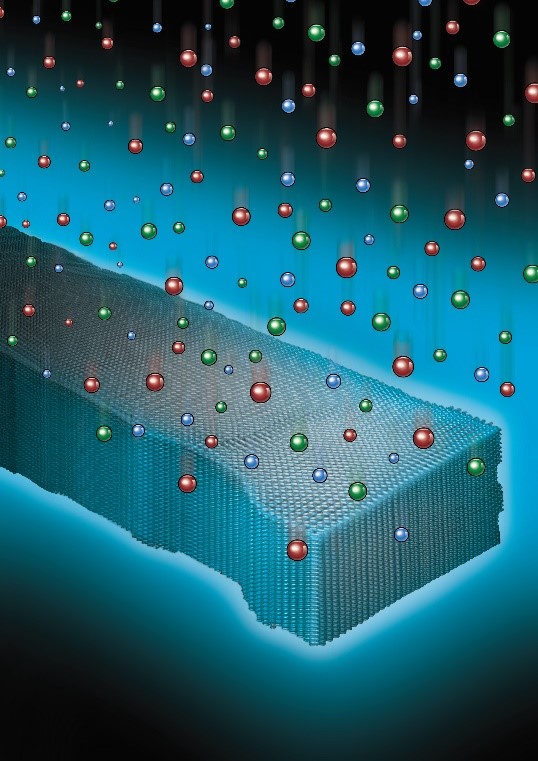
Scientists engineer materials’ electrical and optical properties with plasmon engineering
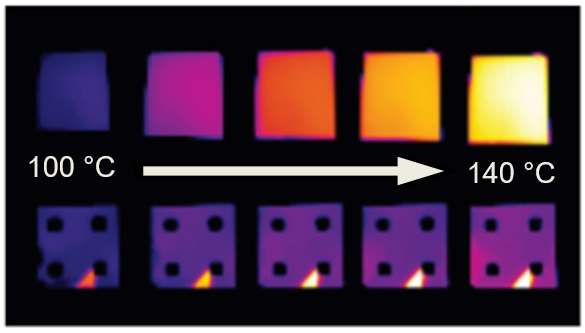
A unique coating camouflages the temperature of an underlying material
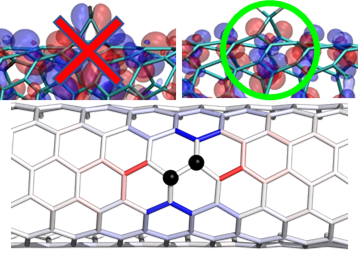
Nanotubes with designed defects allow better performance for next-generation optical telecommunications.

A material with a disordered rock salt structure could help make batteries safer, faster-charging, and able to store more energy